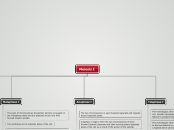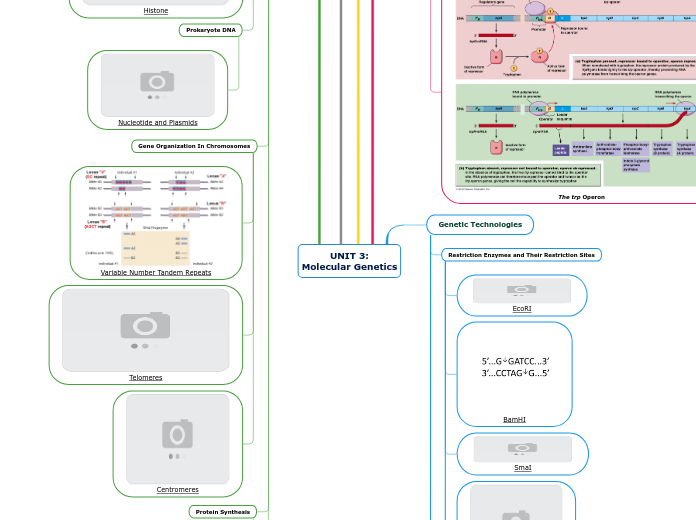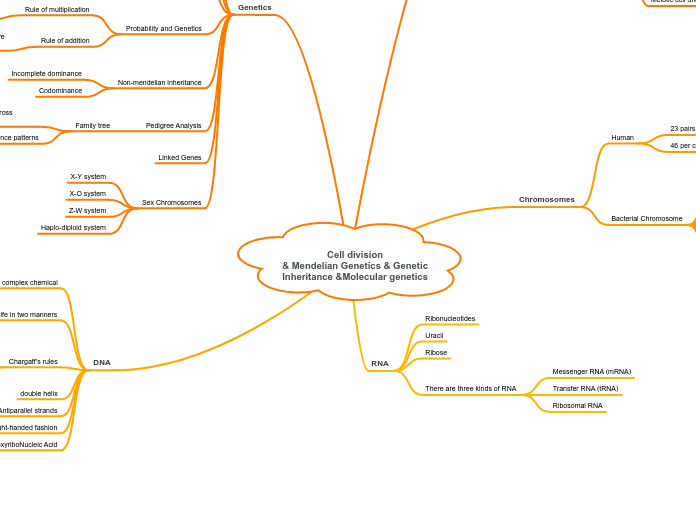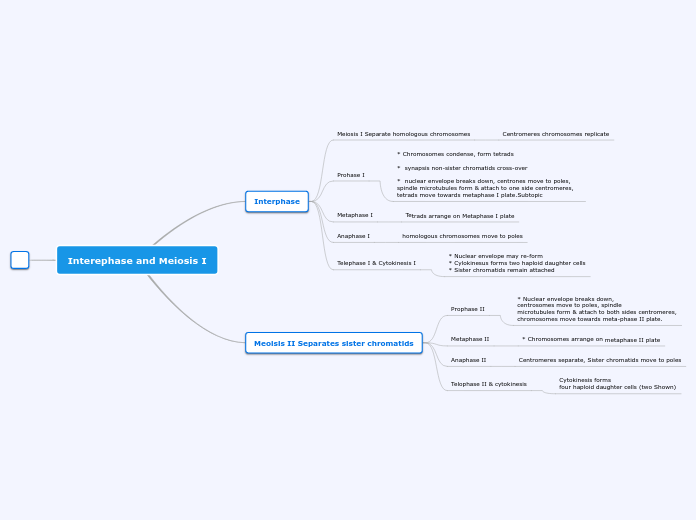av Arooba Siddiqui 10 år siden
364
Meiosis I
During meiosis I, two critical phases are prophase I and metaphase I. In prophase I, chromosomes become visible, and the nucleolus disappears. This phase is marked by crossing-over, where homologous chromosomes exchange segments, leading to genetic recombination.









